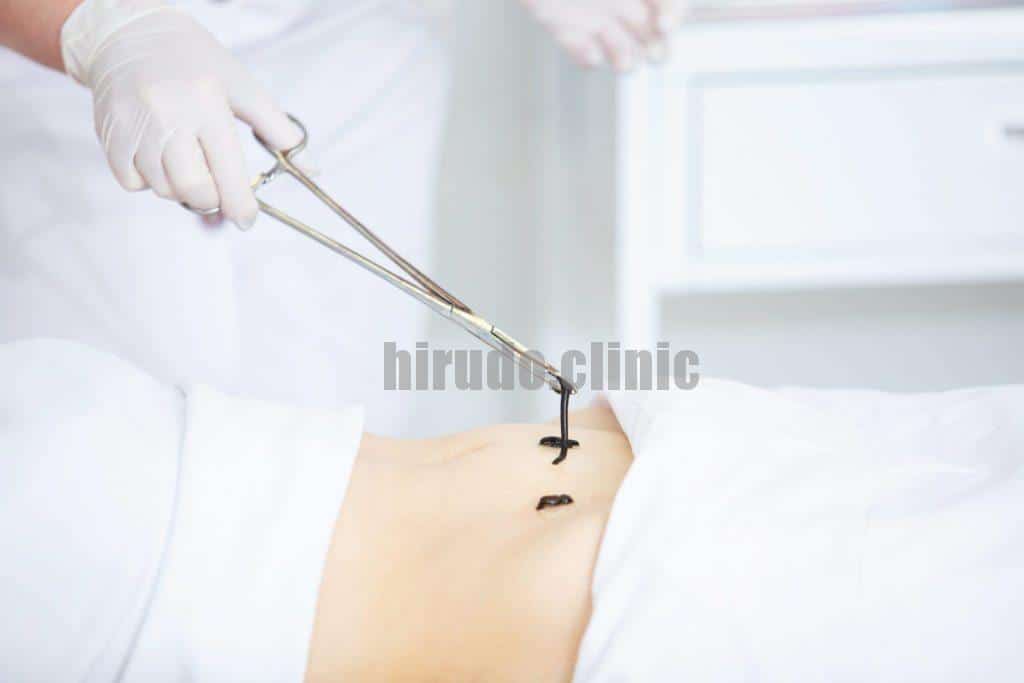For rehabilitation after a partial meniscectomy, leech therapy can be beneficial for reducing inflammation and improving blood circulation. Leeches are often placed around the area of the knee to enhance the healing process. I would suggest placing leeches around the knee joint, avoiding the direct surgical site initially to prevent irritation. Target areas could include:
- Around the inflamed tissues near the incision sites, at least a few centimeters away.
- On areas with visible swelling or stiffness, as leeches can help reduce this.
- On points where blood circulation may be limited due to the surgery.
It’s important to consult with the medical professional overseeing the recovery to ensure that leech therapy complements the overall rehabilitation plan and doesn’t interfere with the healing process.
Leech therapy for rehabilitation after a partial meniscectomy
Optimal points for leech therapy around the knee after a partial meniscectomy focus on improving circulation and reducing inflammation. These points avoid the direct surgical site, ensuring targeted therapy without causing irritation.
If a patient is taking painkillers or other medications that may thin the blood, this could be a contraindication for leech therapy. Here are some important points to consider:
- Non-Steroidal Anti-Inflammatory Drugs (NSAIDs), like ibuprofen or aspirin, often reduce pain and inflammation while also thinning the blood by lowering its clotting ability. When a patient uses these medications, leech therapy can intensify this effect, raising the risk of bleeding or bruising.
- Anticoagulants: If the patient is on anticoagulants (e.g., warfarin or heparin) that are used to prevent blood clots, this is also a contraindication for leech therapy. In combination with leeches, this can lead to excessive bleeding.
- Painkillers without Anticoagulant Effects: Some painkillers, like paracetamol, do not thin the blood and may be safer to use in combination with leech therapy. However, it is always important to consult with a doctor to ensure that the combination of medications and leech therapy is safe.
Therefore, before starting leech therapy, it is crucial to consult the patient’s doctor and clarify what medications they are taking. The doctor will be able to assess the risks and give recommendations regarding the compatibility of leech therapy with the medications.


